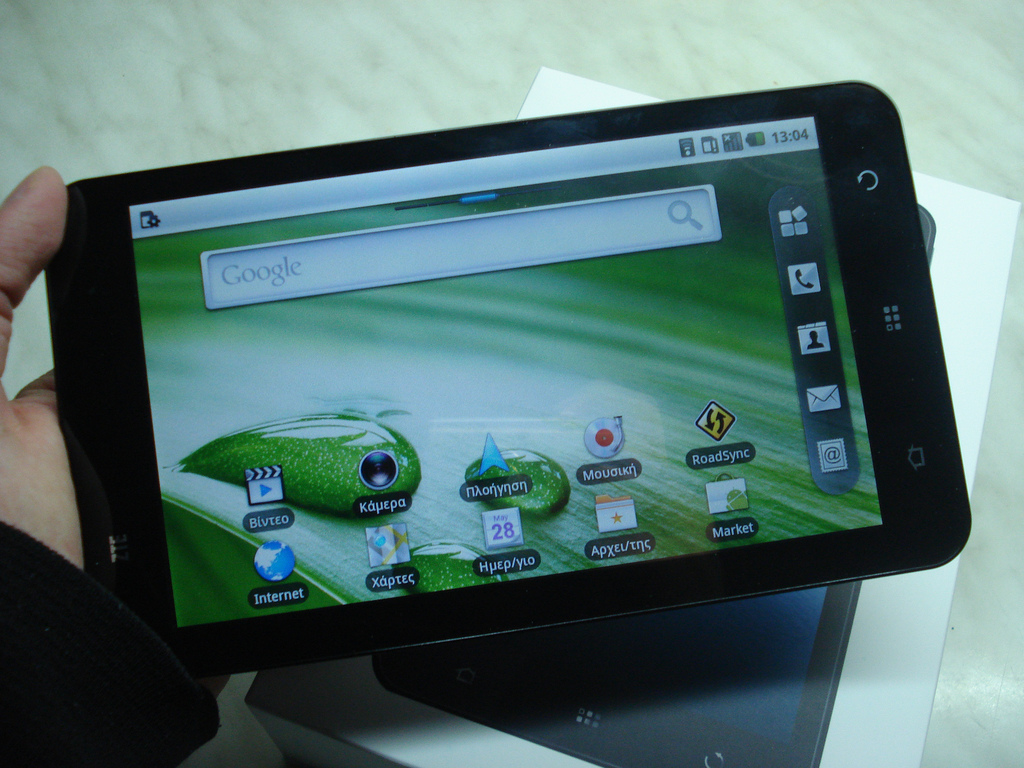Traditional casinos have been a cornerstone of entertainment for centuries, offering classic games like Blackjack, Roulette, Poker, Craps, and Slot Machines. These games, played in iconic venues such as Las Vegas and Monte Carlo, have long attracted players seeking the thrill of chance and strategy. But with the rise of the internet and digital technology, the casino experience has undergone a dramatic transformation, moving from physical establishments to online platforms accessible worldwide.
Classic Casino Games
At the heart of both traditional and online casinos lie timeless games. Blackjack remains one of the most popular, with its mix of skill and luck; Roulette is interesting to players as there are many strategies they can choose from, the most interesting being the Fibonacci Roulette Betting Strategy, and Slots offer a wide variety of themes and jackpots, from classic three-reel machines to complex video slots. Other table games like Poker and Craps also maintain strong followings. These games have been faithfully recreated in the digital realm, preserving their appeal while adding new layers of convenience and innovation.
The Role of Technology in the Transition
The shift from land-based to online casinos began in the mid-1990s, coinciding with the expansion of internet access. The first online casinos launched around 1994, offering digital versions of classic games such as Blackjack and Roulette. Early platforms were basic, with simple graphics and limited functionality, but they broke new ground by enabling players to enjoy casino games from their own homes.
Several key technological advancements fueled this evolution:
- Internet Accessibility: As broadband replaced dial-up, online casinos became faster and more reliable, improving user experience.
- Random Number Generators (RNGs): RNG software ensured fair and unbiased game outcomes, building player trust in virtual gambling.
- Secure Payment Systems: The development of encrypted online payment methods allowed safe deposits and withdrawals, critical for player confidence.
- Mobile Technology: The rise of smartphones and apps enabled gaming on the go, vastly expanding the potential audience.
- Live Dealer Technology: Streaming technology brought real-time dealer interaction online, blending the social aspect of physical casinos with digital convenience.
These innovations collectively transformed online casinos from simple websites into sophisticated platforms offering thousands of games, including live dealer tables and progressive jackpots.
Online Casinos in the United States
The United States has been a major player in the online casino market, despite regulatory complexities. While many states only recently legalized online gambling, the US market has quickly grown into a multi-billion-dollar industry. Land-based casinos still hold a significant share, but they have had to adapt by integrating digital innovations to stay competitive.
The convenience of online casinos—allowing players to access games anytime and anywhere—has been a major factor in their popularity. Players no longer need to travel to Las Vegas or Atlantic City; instead, they can enjoy favorite games like Blackjack, Roulette, and Slots from their computers or mobile devices. This accessibility has broadened the player base, including those who previously had limited access to traditional casinos. This is, of course, depending on the state they’re in.
Conclusion
The journey from traditional brick-and-mortar casinos to online platforms represents one of the most significant shifts in the gambling industry. Classic casino games remain at the core, but technology has revolutionized how they are played, making casino gaming more accessible, convenient, and engaging than ever before. In the US and worldwide, online casinos continue to grow, blending the excitement of classic games with the innovations of the digital age.



